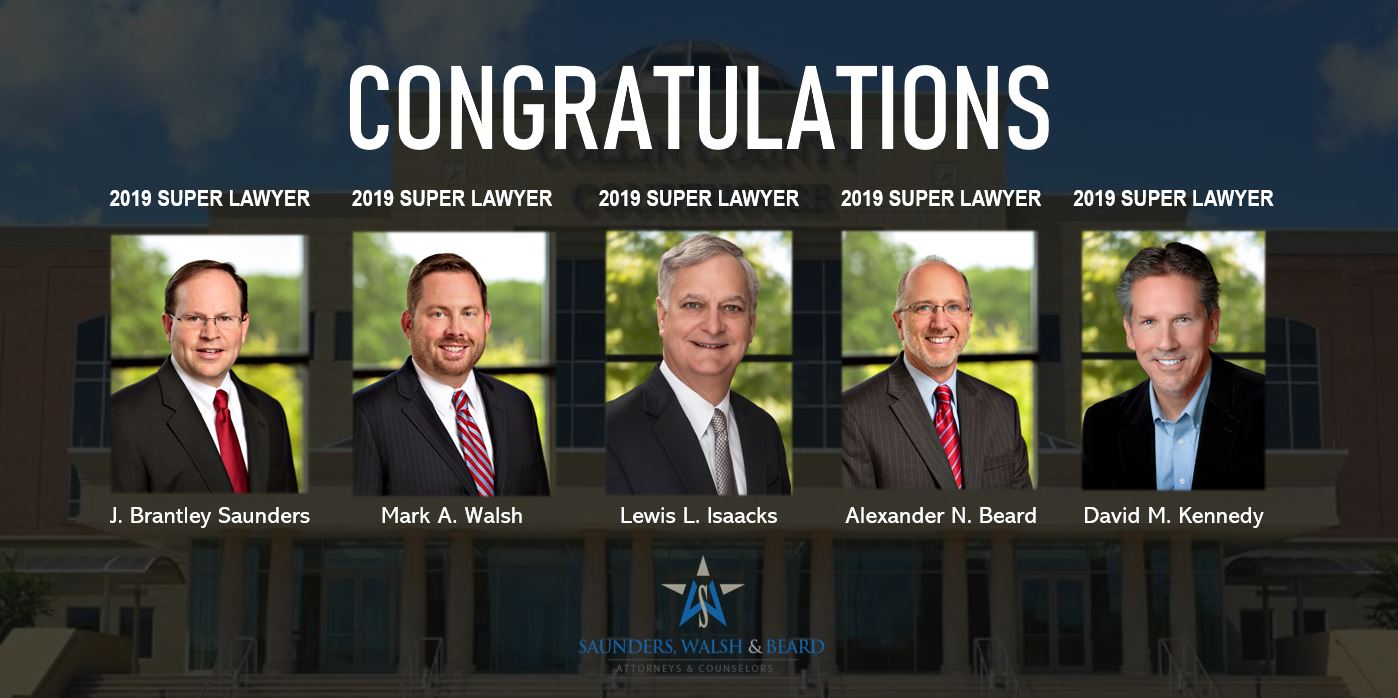Texas law protects the interests of general contractors, subcontractors, and suppliers by providing them with lien rights against construction projects, but the law is complex and there are many hurdles to overcome in order for a claimant to perfect its lien. Chapter 53 of the Texas Property Code is the primary, though not exclusive, source of Texas lien law. Chapter 53 describes the parties who are entitled to a lien, the notices that must be given, the form of the documents that must be filed, and a multitude of related rules, defenses, and restrictions. Texas lien law is so varied and complex that it poses a challenge to some of the state’s best lawyers. A claimant who chooses to wade into those waters without a lawyer’s assistance should proceed with great caution.
The first step is to determine whether a potential claimant is granted lien rights under the statute. Not every person who is involved in a construction project has lien rights. Certain trades, such as architects, engineers, landscapers and demolition experts, are required to have a written contract; an oral contract will not suffice. On residential projects, the original contractor must have a written contract, signed by the owners (both spouses), before the original contractor or any of its subcontractors can assert lien rights.
If a potential claimant qualifies, the next step is determining the proper notices that must be sent, to whom, and when. The types of notices necessary to perfect a lien claim, and the deadlines for same, depend on a variety of facts. The types of notices are different for specially fabricated materials and claims for retainage. The particular wording of the notices will control whether an owner may withhold payment from a general contractor to satisfy a subcontractor’s claim. The deadline for the notices, how many that a claimant has to send, and to whom the notices must be addressed, vary depending upon whether the project is residential or commercial if the claimant is an original contractor, subcontractor, or supplier, and whether the claim is for a progress payment, final payment, or retainage.
Drafting and filing the lien affidavit is no less complex than the notices that have to be sent in advance. The affidavit claiming a lien must contain specific information and, under some circumstances, very specific wording. The information that has to be included varies depending, again, upon whether the project is residential or commercial and whether the claimant is an original contract, subcontractor, or supplier. In addition, the deadline for filing the lien affidavit varies based upon a number of factors: when the claimant’s work was performed; whether the project was completed or the original contract terminated; and whether the owner has made a written demand for lien claimants to file their lien affidavits. A claimant may have lien rights, send the proper notices, and still fail to file a valid lien affidavit by the applicable deadline.
Even after a qualified claimant sends proper notices and timely files a valid lien affidavit, the owner of the project may still have defenses against the lien claim that will prevent a claimant from realizing a full recovery. The deadline for filing suit to foreclose on a lien varies depending upon whether the project is residential or commercial. The owner may have withheld the statutorily required retainage, thereby limiting the owner’s liability and protecting the project from foreclosure. In short, after a valid lien is perfected, the war is not over.
The Texas legislature has considered making changes to the Texas lien statutes to simplify the process, but, as of the writing of this article, no significant changes have been made in years. Perhaps one day the process will be easier, but until that day, it is vitally important for a potential lien claimant to seek the advice and assistance of an experienced construction lawyer.
If you need assistance collecting payment for labor/materials you’ve provided to a project, please contact us to discuss the lien filing process and how we can help.



